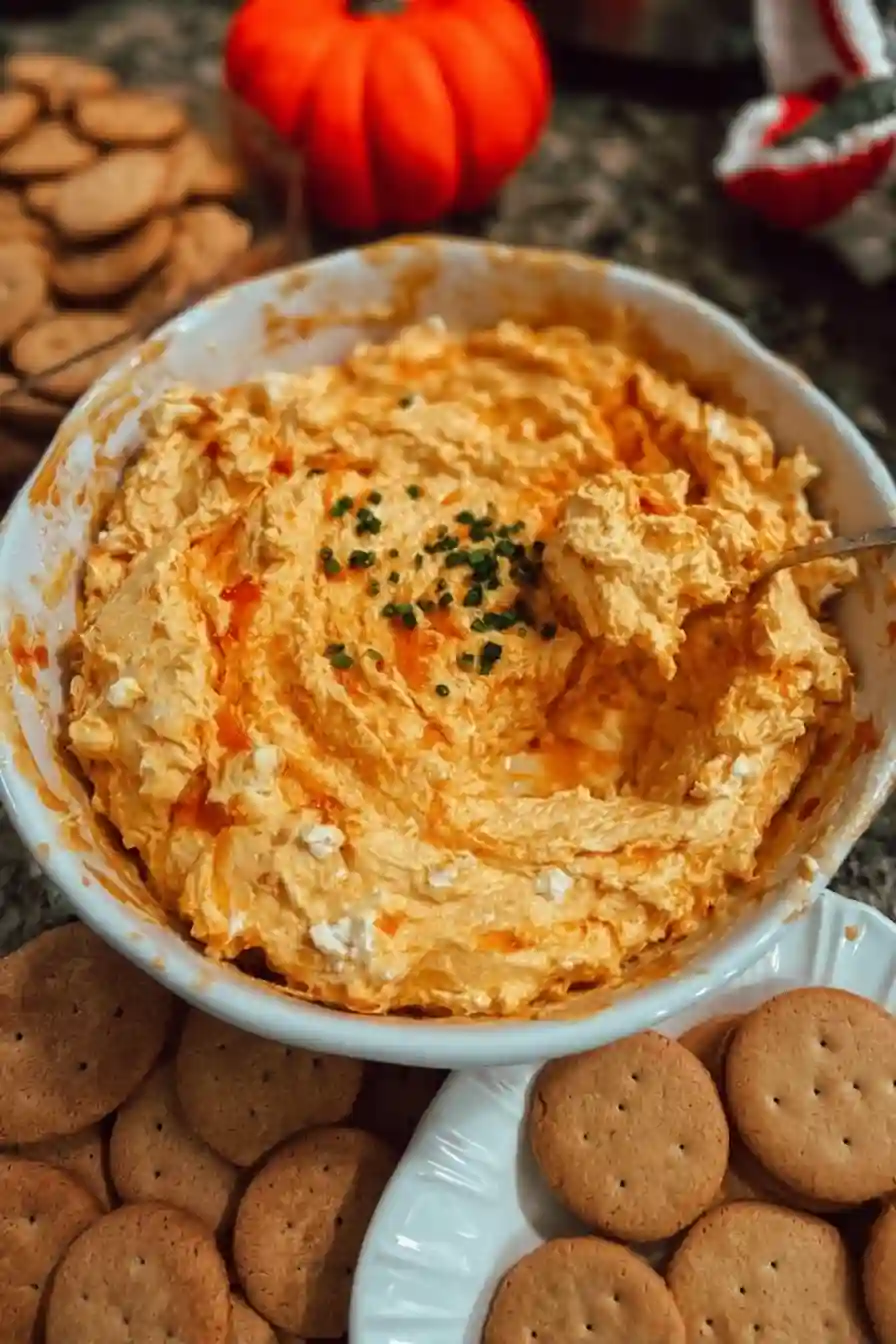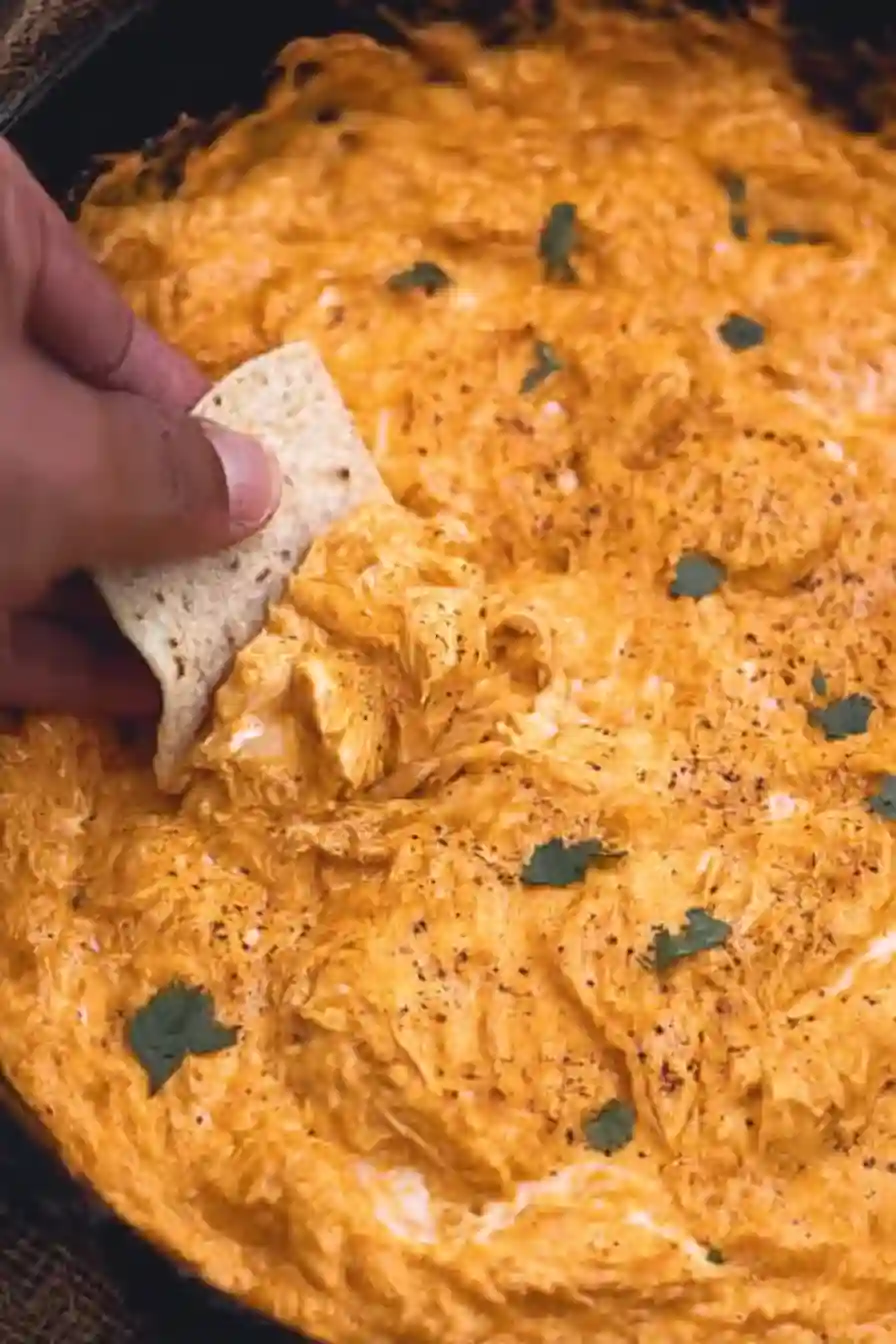If you’ve ever wanted to master the art of crispy grilled rice balls, Yaki Onigiri is the dish to try. This savory Japanese snack balances a caramelized crust with a warm, soft center, all shaped by hand and kissed by flame. It’s simple, delicious, and packed with umami. In this guide, you’ll learn how to make authentic Yaki Onigiri with step-by-step instructions, filling options, and expert tips for perfect texture. Whether you’re preparing lunch for the family or entertaining guests, this recipe brings both flavor and charm to the table.
Table of Contents
The Heart Behind Yaki Onigiri (Grilled Rice Balls)
Why this dish feels like home
Hola, I’m Emma. Growing up in Orlando, my days were filled with sun, laughter, and the comforting aroma of food cooked with love. While my roots are Mexican, I’ve always found a special connection with Japanese cuisine. Yaki Onigiri in particular reminds me of the simple, powerful flavors I first learned to love in my mama’s kitchen. Shaping rice with my hands takes me back to those warm afternoons pressing tortillas, listening to stories between bites.
The beauty of Yaki Onigiri (Grilled Rice Balls) lies in its contrast. Crisp on the outside and tender inside, these rice balls are more than a snack. They are a ritual of comfort and creativity. I remember the first time I tried one at a local Japanese bento shop in Miami. The soy-glazed crust cracked gently under my bite, revealing a miso-filled core that nearly brought tears to my eyes. From that moment, I knew I had to recreate it in my own kitchen.
Today, it’s become a favorite at home. My kids love them with tuna mayo, and I like mine brushed with a bit of tamari and filled with spicy mushrooms. We often serve them alongside this grilled salmon salad or even tucked into a fun street corn chicken rice bowl.
Whether you keep them plain or add a unique twist, Yaki Onigiri always delivers on flavor and nostalgia.
Crafting the Perfect Grilled Texture
Rice matters: choose the right foundation
If you want Yaki Onigiri that holds together and crisps beautifully, the type of rice you use is everything. Japanese short-grain rice, also known as sushi rice, offers the ideal level of stickiness. Long-grain varieties tend to fall apart during grilling and result in a dry, crumbly center. Always prepare the rice fresh, and let it cool slightly so it’s warm but not steaming hot.
Once the rice reaches the right temperature, shaping becomes easier. Wet your hands with water and add a pinch of salt to prevent sticking. Use gentle but firm pressure to form a triangle or ball, and avoid squeezing too tightly. This keeps the interior soft while giving the exterior room to crisp during cooking. If you’re curious about creative starch-based dishes like this, our classic creamy rice pudding is another comfort favorite.
Grilling methods that actually work
Traditional Yaki Onigiri is grilled over an open flame, but your stovetop or toaster oven works just as well. Use a non-stick pan or a cast iron skillet, lightly brushed with neutral oil or sesame oil. Place the rice balls directly on the surface and let each side cook for 3 to 4 minutes. Don’t rush it. Patience is what transforms the surface into a golden-brown crust.
Once all sides are crisp, brush a mix of soy sauce and mirin lightly over each face. Return them to the heat for another minute or so until caramelized. This step infuses umami-rich depth into the crust. For a miso-based variation, mix a teaspoon of miso paste with mirin and a bit of sugar before brushing.
If you love meals with crispy finishes, you might also enjoy our cheesy chicken pasta that’s loaded with baked golden edges and deep flavors.
PrintYaki Onigiri Recipe: Crispy Grilled Rice Balls
- Total Time: 25 mins
- Yield: 4 rice balls 1x
- Diet: Vegetarian
Description
Crispy on the outside, soft on the inside—Yaki Onigiri is Japan’s grilled rice ball snack that satisfies every time.
Ingredients
- 2 cups cooked Japanese short-grain rice (warm, not hot)
- 1 tablespoon soy sauce
- 1 teaspoon mirin (optional)
- 1 teaspoon sesame oil or neutral oil for grilling
- Optional fillings: miso paste, tuna mayo, umeboshi (pickled plum)
- Optional garnish: sesame seeds, green onions, or nori strips
Instructions
1. Wet your hands with water and add a pinch of salt to prevent sticking.
2. Take about ½ cup of rice and gently form it into a triangle or ball shape.
3. If using a filling, press a small well in the center, add filling, and cover with rice.
4. Heat a non-stick pan or grill over medium heat and oil lightly.
5. Grill rice balls 3–4 minutes per side until golden and crisp.
6. Mix soy sauce with mirin and lightly brush onto each side.
7. Grill 1 minute more per side to caramelize.
8. Remove from heat and garnish as desired.
Notes
Use tamari for a gluten-free version.
Do not overstuff to prevent breakage during grilling.
Store leftovers in an airtight container and reheat using dry heat.
- Prep Time: 15 mins
- Cook Time: 10 mins
- Category: Snack
- Method: Grilling
- Cuisine: Japanese
Nutrition
- Serving Size: 1 rice ball
- Calories: 190
- Sugar: 1g
- Sodium: 380mg
- Fat: 3g
- Saturated Fat: 0.5g
- Unsaturated Fat: 2.5g
- Trans Fat: 0g
- Carbohydrates: 38g
- Fiber: 1g
- Protein: 3g
- Cholesterol: 0mg
Flavorful Fillings and Smart Pairings
Classic and creative filling ideas
While Yaki Onigiri tastes amazing plain, adding a filling makes every bite more exciting. Traditional Japanese choices include umeboshi (pickled plum), salted salmon, and miso paste. For a twist, try tuna mixed with a little mayo or even sautéed mushrooms tossed with sesame oil. Cheese or kimchi can add richness or spice for a modern flair.
Whatever you choose, keep it modest. Too much filling can cause the rice to fall apart during grilling. To stuff properly, form a small well in your rice ball, insert the filling, and cover it carefully before shaping. Each bite should offer balance, not overload.
When entertaining, mini versions of Yaki Onigiri with assorted fillings make the perfect party appetizer. They pair beautifully with dipping sauces like spicy mayo or soy-ginger glaze. This makes them a versatile choice for any gathering or snack spread.
If you’re looking for other dishes that strike this balance of tradition and creativity, explore the Kabab Koobideh recipe for more grilling inspiration.
Dietary tweaks and allergy-friendly options
Yaki Onigiri is naturally gluten-free when made with tamari instead of regular soy sauce. This switch helps people with gluten sensitivities enjoy the same rich umami glaze. Vegan? No problem. Stick to plant-based fillings like miso, mushrooms, or even seasoned tofu. Just double-check your miso and mirin to ensure no hidden animal products.
Kids often enjoy these with simpler fillings such as shredded cheese or a splash of teriyaki sauce. Their handheld size makes them easy lunchbox favorites. For a plant-forward variation, serve alongside a veggie-loaded side like this retinol carrot salad, which brings crunch and brightness to the plate.
From traditional to experimental, Yaki Onigiri welcomes your creativity while staying deliciously grounded in its roots.
Smart Storage, Reheating, and Modern Twists
Keep them crisp: storage and reheating tips
Leftover Yaki Onigiri can be just as delicious when handled properly. The key is avoiding sogginess. Store cooled rice balls in an airtight container in the fridge, ideally within two hours of cooking. To reheat, skip the microwave if you can. Use a toaster oven or pan to revive that golden exterior. Lightly brush with oil before warming to crisp the surface again.
Planning a party? Make them ahead and reheat right before serving. Their portability makes them a top pick for road trips, school lunches, or meal prepping. For another dish that stores and travels well, try this easy lentil stew, which offers the same comfort and depth in every bite.
Cultural meaning and modern takes
Onigiri shapes are more than just design choices. Triangles are the most common and are believed to represent mountains, offering protection and good luck. Rounds are seen as homier and often chosen for children. Cylindrical versions are rare but offer a sleek look for upscale presentations.
Fusion variations have become increasingly popular. Think kimchi-filled rice balls, cheddar-miso glaze, or even bacon-wrapped Yaki Onigiri. These creative updates preserve the traditional soul of the dish while adding bold new flavors. Some chefs serve them on skewers or with dipping sauces at tapas-style dinners. You can even pair them with a chilled aguachile ceviche for a Japanese-Mexican twist that surprises and delights.
No matter how you serve them, grilled rice balls never feel boring. They’re proof that a handful of ingredients and a bit of technique can make something truly unforgettable.
Frequently Asked Questions About Yaki Onigiri (Grilled Rice Balls)
What is the best rice to use for Yaki Onigiri?
Short-grain Japanese rice is ideal for Yaki Onigiri. Its sticky texture helps the rice hold together while grilling and creates a soft interior with a crispy outer crust.
Can you make Yaki Onigiri without a grill?
Yes, you can easily make Yaki Onigiri on a non-stick pan, cast iron skillet, or even a toaster oven. Just use medium heat and oil the surface lightly to avoid sticking.
What are traditional fillings for grilled rice balls?
Common fillings include umeboshi (pickled plum), salted salmon, miso paste, and tuna mayo. Each offers a unique flavor and works well with the smoky grilled rice.
How do you keep Yaki Onigiri crispy after cooking?
Let the rice balls cool slightly, then store in an airtight container. Reheat in a toaster oven or skillet instead of the microwave to restore their crispiness.
Conclusion
Yaki Onigiri is more than just a snack. It’s a deeply satisfying dish that brings tradition, creativity, and comfort together in every bite. From the crackle of the grilled surface to the warm, savory heart inside, each rice ball tells a delicious story. Whether you make them for a cozy dinner or a stylish gathering, they never fail to impress.
With easy steps, versatile fillings, and room for modern twists, Yaki Onigiri (Grilled Rice Balls) deserves a place in your regular rotation. Try it once, and you’ll crave that perfect bite again and again.







